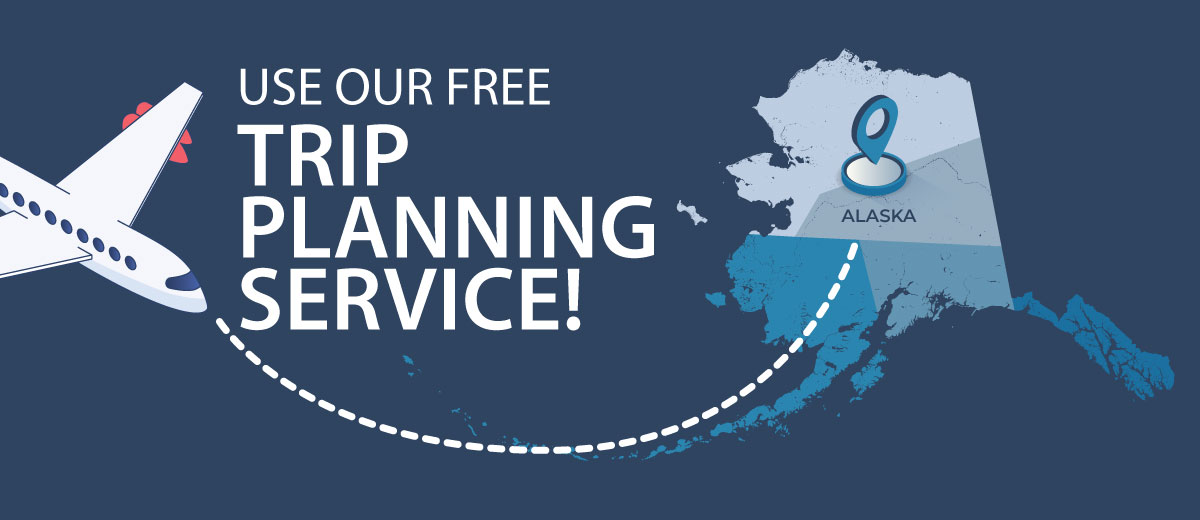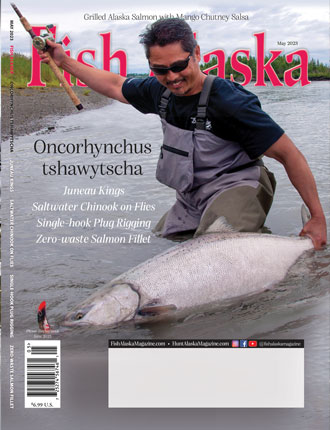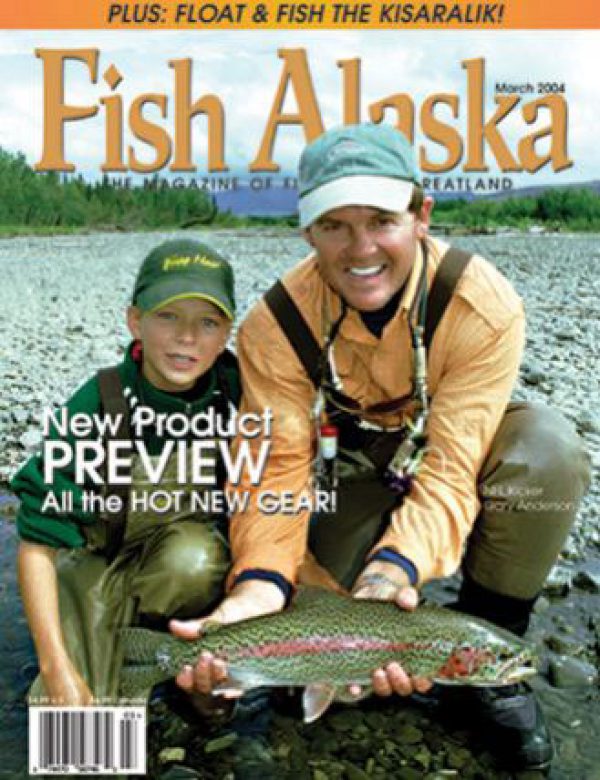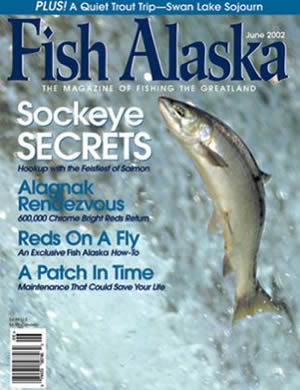Description
Departments
4 Fish Alaska Online
6 Alaska Traveler
10 Creel
12 Fishing for a Compliment
14 Gear Bag
18 Salmon Sense
20 Fly
22 Boats
32 Saltwater
34 Coho Chronicles
36 Flyfishing
38 Conservation
79 Ad Index
80 Recipe
82 Final Drift
On The Cover
Francis Estalilla triumphantly tails a tide-fresh platinum Kenai king with a K15 Kwik tail-rigged with a size 1 McMahon swivel and 6/0 Gamakatsu BRB open eye. © Francis V. Estalilla, MD
42
The Kings of Southeast by Conor Sullivan
While king salmon opportunities have diminished in many areas, southeast Alaska can still produce fish for Juneau-area anglers, especially in the Terminal Harvest Areas. Fish Alaska contributor Conor Sullivan tapped his own experience as well as the fishy brains of Zac Parkhill and Andrew Hall, two Juneau king killers, to tell you what you need to know.
52
YES! You Can Catch Saltwater Kings with Skinny Rods and Cast Flies by Terry W. Sheely
Catching a king salmon on a fly in saltwater is one of the most difficult challenges a fly angler in Alaska can attempt, but it’s not impossible. Terry Sheely interviewed noted Southeast guide, Mark Hieronymus, to unravel the mystery of targeting kings in the salt with fly gear.
60
Ultimate Single-Hook Rigging for Plugs by Francis V. Estalilla, MD
Salmon plugs traditionally come rigged with fish-mangling, bottom-hanging, net-snagging treble hooks. However, the law often requires a single-pointed hook (especially when fishing for Chinook salmon). Single hooks, properly chosen, sized, and if necessary, modified for the size plug you’re using, are often every bit as effective as the stock treble hooks that come with the plugs. Many would argue a single hook on a plug is actually more effective than two treble hooks. Read this article if you want a master’s class in single-hook rigging for plugs.
72
Zero-waste Salmon Fillet by George Krumm
Many years ago, a friend of mine (Dr. Francis Estalilla, MD) shared a method of filleting salmon that I found to be as easy as traditional fillet methods, and the method also yields nearly 100% of the edible meat. I call it the zero-waste salmon fillet method. Every salmon we harvest deserves to be treated with reverence and respect. Being grateful is a start, but we should also ensure we do our best to honor the fish we kill by taking good care of the fish prior to processing, and then meticulously taking all the meat we can off the carcass. The zero-waste method helps us do just that.





